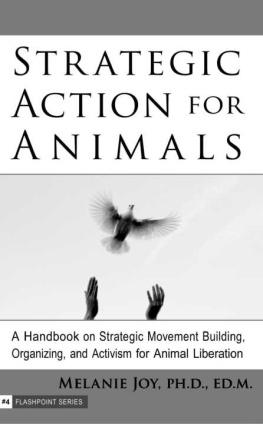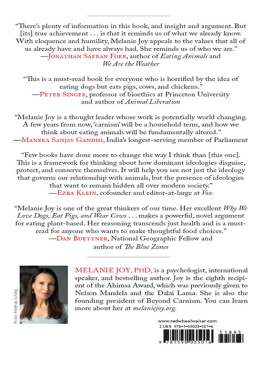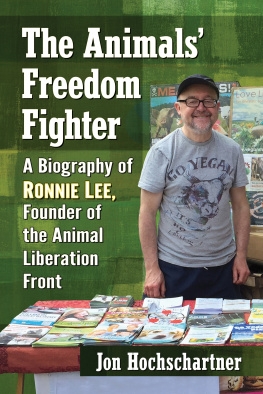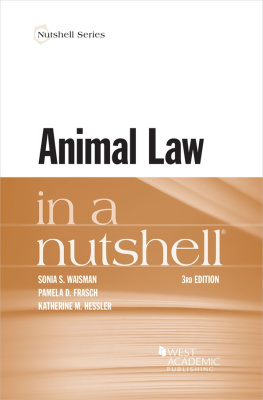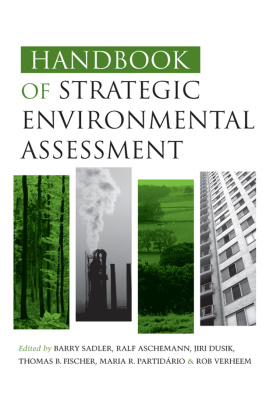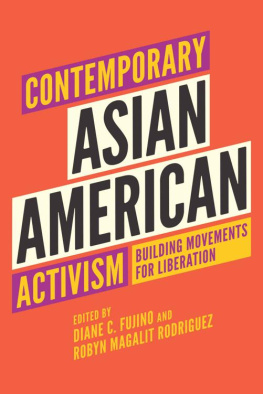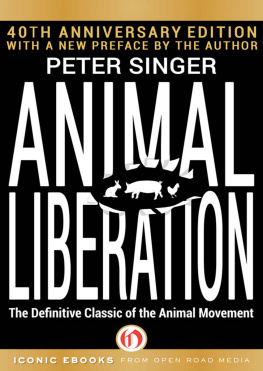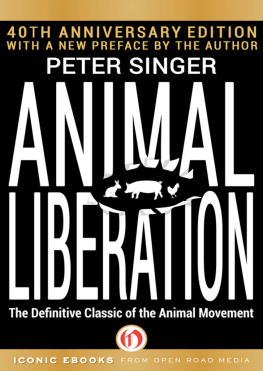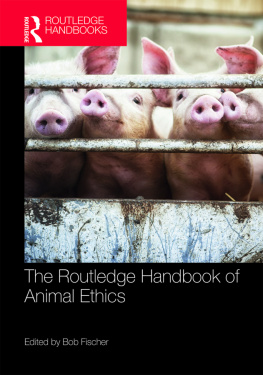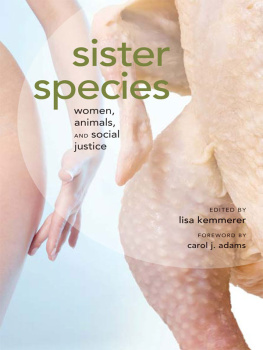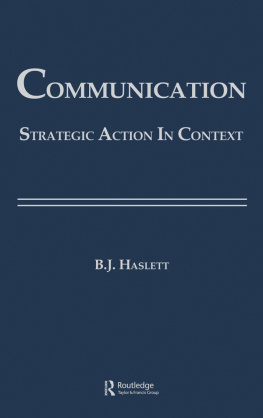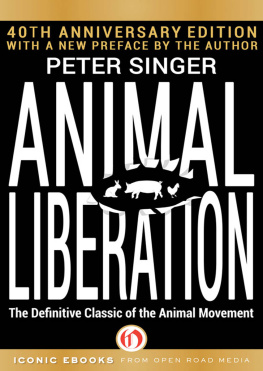"I found Strategic Action for Animals to be a useful guide for improving our advocacy skills as well as working towards building a stronger movement. Whether you're an individual activist or work for a large organization, this book serves as an important reminder that each of us plays a crucial role in helping create a more compassionate world, and that the animals are counting on us to be as effective as possible in bringing about positive and meaningful changes"-Erica Meier, Executive Director, Compassion Over Killing

As part of Lantern Books commitment to the environment we have joined the Green Press Initiative, a nonprofit organization supporting publishers in using responsible paper. This book is made with fiber that is not sourced from endangered forests or areas of social conflict, and does not result in the coversion of native forests to plantations. We hope that you, the reader, will support Lantern and the GPI in our endeavor to preserve the ancient forests and the natural systems on which all life depends. One way is to buy books that cost a little more but make a positive commitment to the environment not only in their words, but in the paper that they are published on.
To learn more, go to wcvwgreenpressinitiative.org.
A Handbook on Strategic Movement Building, Organizing, and Activism for Animal Liberation
MELANIE JOY, PH.D., ED.M.
For Chi-Chi (2000-2008), who proved that you don't have to be human to be a person.
And for those whose vision helps the rest of us to see.



This book is the product of many contributors. I want to thank Carolyn Zaikowski and Chris Logue, who put countless hours of work into the shaping of the book; Aimee Houser, whose editorial brilliance inspired and guided me; Martin Rowe, for his patience and guidance; Bonnie Tardella, for her diligence and insights; Erik Williams, for his love; Herb Pearce, for keeping me grounded; Janice Goldman, for carrying hope; Michael Greger; Zoe Weil; George Lakey and the folks at Training for Change; Teri Jessen; Susan Solomon; Steve Bernstein; Pamela Dein; George Bournakis; Hillary Rettig; Dina Aronson; Adam Wake; Anna Meigs; Karla Koebernick; Ruth Tedaldi; the staff of the 1369 Cafe; Bonnie and Perry Norton; John Adams; Stephen Cina; Ngaio Schiff; and the rest of my friends and family who have supported me in more ways than I can name.
The only sure weapon against bad ideas is better ideas.
-A. W. Griswold
IT'S BEEN SAID that if you can imagine it, you can achieve it.1 Chances are, you can imagine a world in which animals no longer suffer at human hands: you can imagine animal liberation. But imagining your goal doesn't guarantee that you'll reach it, or that you'll reach it as quickly and effectively as you want to. Imagining where you want to be is important, but it isn't enough.You need to know how to get there.You need a map, to show you the most direct route to your destination. And that map is strategy.
When you imagine animal liberation, you naturally imagine that the animal liberation movement has succeeded. You imagine that the movement has become more powerful than those it's fighting, that the majority of the public has become aware of the reality of animal exploitation and supports the goals of the movement. This shift in the balance of power is the goal of all social change efforts, and so the purpose of strategy is always to strengthen the movement.
The animal liberation movement already has some valuable strengths. Activists are often exceptionally committed to the cause: they are impassioned, energetic, and willing to stand up for what they believe in despite overwhelming pressure to conform. And the number of animal protection organizations continues to grow, with groups becoming more diverse and able to attack animal exploitation on multiple fronts and from every angle. Perhaps the greatest strength of the movement, though, is that it speaks to core human values. The vast majority of people don't want to see animals suffer, much less know that they participate in such suffering. In many ways, animal liberation is aligned with the deepest values held by most Americans, even though they may have not yet made the connection between their values and the rights of animals.
However, the industries that exploit animals are growing at a faster rate than the movement, even though the movement has probably prevented animal exploiters from doing even more damage than they could have. In the U.S. meat industry alone, ten billion animals are slaughtered every year, a significant production increase over past years2 and which cannot be accounted for simply by human population growth. This should come as no surprise, as animal exploiters have vastly more money, influence, and proponents than animal liberationists.
Given this tremendous imbalance of resources, what's an activist to do? How can the animal liberation movement make the most of what it has so that its power is greater than that of animal exploiters? The answer is strategy. When you are strategic, you capitalize on your strengths, turn your weaknesses into opportunities, and create a force that attracts people to your side and away from those you are fighting. When the playing field is not level, strategy is the great equalizer.
Animal exploiters may have more resources, but they are no more capable of strategizing than you are, and they are aware of this truth. Industries that exploit animals employ highly trained strategists to work on all levels of the trade. But unfortunately, most activists have received less training than they would to work a cash register. This strategic differential makes it seem as though activists are fighting unarmed in a battle against a military giant. To shift the balance of power, you need to be strategically educated and trained like your opponent.
The purpose of Strategic Action forAttiuials is to provide you with the principles and practices of strategy so that you can make the most of your efforts. StrategicAction forAnimals presents a comprehensive strategic approach to animal liberation, in that it provides guidelines for strategic action on all levels: movement building, organizing, and individual activism. Strategic Action for Animals outlines the necessary components of a strategic movement and describes a movement's natural developmental process so that you can understand how you impact the broader movement and choose your actions accordingly; it explains how to build a strategic organization, become a powerful, charismatic organizer, and avoid some of the most common and destructive pitfalls of animal liberation organizations; and it describes ways to effectively advocate to others and to cultivate a sustainable life as an activist. A comprehensive strategy can prevent some of the most debilitating problems that plague the movement: dissidence among organizations and activists, inefficient campaigns, wasted resources, and high rates of burnout.

